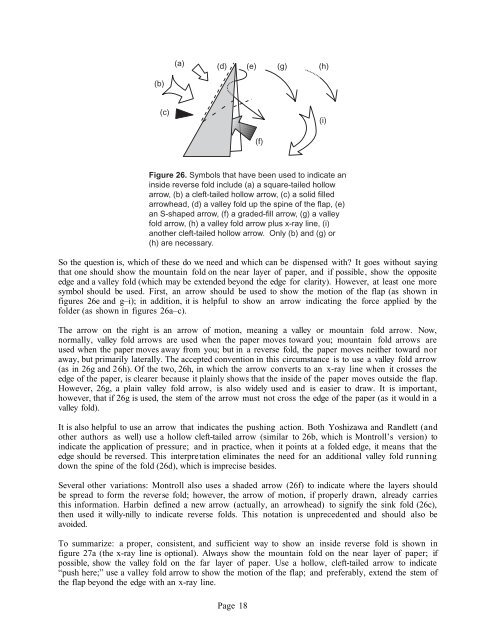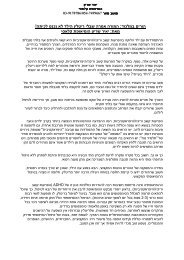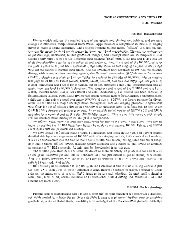Origami Diagramming Conventions: A Historical Perspective
Origami Diagramming Conventions: A Historical Perspective
Origami Diagramming Conventions: A Historical Perspective
Create successful ePaper yourself
Turn your PDF publications into a flip-book with our unique Google optimized e-Paper software.
(a)<br />
(d)<br />
(e)<br />
(g)<br />
(h)<br />
(b)<br />
(c)<br />
(i)<br />
(f)<br />
Figure 26. Symbols that have been used to indicate an<br />
inside reverse fold include (a) a square-tailed hollow<br />
arrow, (b) a cleft-tailed hollow arrow, (c) a solid filled<br />
arrowhead, (d) a valley fold up the spine of the flap, (e)<br />
an S-shaped arrow, (f) a graded-fill arrow, (g) a valley<br />
fold arrow, (h) a valley fold arrow plus x-ray line, (i)<br />
another cleft-tailed hollow arrow. Only (b) and (g) or<br />
(h) are necessary.<br />
So the question is, which of these do we need and which can be dispensed with? It goes without saying<br />
that one should show the mountain fold on the near layer of paper, and if possible, show the opposite<br />
edge and a valley fold (which may be extended beyond the edge for clarity). However, at least one more<br />
symbol should be used. First, an arrow should be used to show the motion of the flap (as shown in<br />
figures 26e and g–i); in addition, it is helpful to show an arrow indicating the force applied by the<br />
folder (as shown in figures 26a–c).<br />
The arrow on the right is an arrow of motion, meaning a valley or mountain fold arrow. Now,<br />
normally, valley fold arrows are used when the paper moves toward you; mountain fold arrows are<br />
used when the paper moves away from you; but in a reverse fold, the paper moves neither toward nor<br />
away, but primarily laterally. The accepted convention in this circumstance is to use a valley fold arrow<br />
(as in 26g and 26h). Of the two, 26h, in which the arrow converts to an x-ray line when it crosses the<br />
edge of the paper, is clearer because it plainly shows that the inside of the paper moves outside the flap.<br />
However, 26g, a plain valley fold arrow, is also widely used and is easier to draw. It is important,<br />
however, that if 26g is used, the stem of the arrow must not cross the edge of the paper (as it would in a<br />
valley fold).<br />
It is also helpful to use an arrow that indicates the pushing action. Both Yoshizawa and Randlett (and<br />
other authors as well) use a hollow cleft-tailed arrow (similar to 26b, which is Montroll’s version) to<br />
indicate the application of pressure; and in practice, when it points at a folded edge, it means that the<br />
edge should be reversed. This interpretation eliminates the need for an additional valley fold running<br />
down the spine of the fold (26d), which is imprecise besides.<br />
Several other variations: Montroll also uses a shaded arrow (26f) to indicate where the layers should<br />
be spread to form the reverse fold; however, the arrow of motion, if properly drawn, already carries<br />
this information. Harbin defined a new arrow (actually, an arrowhead) to signify the sink fold (26c),<br />
then used it willy-nilly to indicate reverse folds. This notation is unprecedented and should also be<br />
avoided.<br />
To summarize: a proper, consistent, and sufficient way to show an inside reverse fold is shown in<br />
figure 27a (the x-ray line is optional). Always show the mountain fold on the near layer of paper; if<br />
possible, show the valley fold on the far layer of paper. Use a hollow, cleft-tailed arrow to indicate<br />
“push here;” use a valley fold arrow to show the motion of the flap; and preferably, extend the stem of<br />
the flap beyond the edge with an x-ray line.<br />
Page 18






